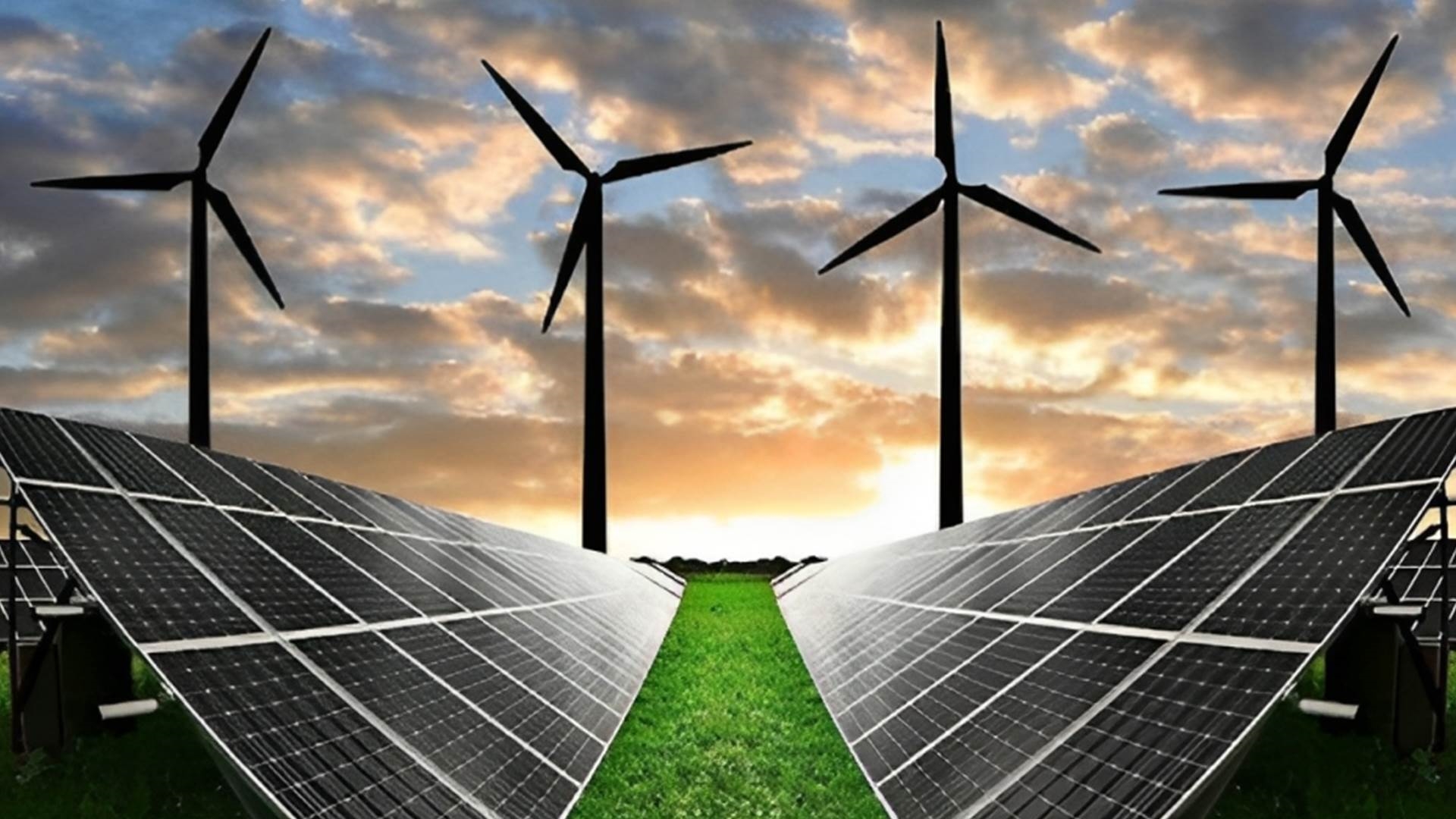Economic repercussions of Egypt's Energy Transition
Mai El-Kafoury

Egypt's sustained efforts over the past years in the transition of energy, especially with regard to natural gas, renewable energy and energy efficiency projects, in view of the Government's adoption of the green economy methodology for achieving sustainable development within the framework of Vision 2030, which raises the question of the economic implications of this transition?! And is it a positive effect?! Or negative?
The International Renewable Energy Agency (IRENA), in a recent report entitled "The Economic and Social Repercussions of Egypt's Energy Transition", replied that energy transition requires massive investment in the renewable energy sector, leading to increased demand and production across economic sectors, such as construction and manufacturing, which has a positive impact on GDP.
The report stated that the transition away from fossil fuels towards renewable sources of energy would contribute to reducing the energy import bill, and a decline in fuel imports is expected to improve the trade balance by about $1.3 tn globally during 2021-2050.
In its report, the International Renewable Energy Agency noted that the energy transition could help Egypt achieve its targets of reducing the unemployment rate to 5% by 2030 by creating more jobs in the renewable energy sector ranging from about 1 mn to 1.5 mn jobs, as the increase would offset job losses in the fossil fuel sector.
The report said that it is expected that about 10.9% of total energy sector jobs will remain in in the fossil fuel sector in 2050, representing a significant decrease from the current percentage of 62.7%.
In its report, IRENA added that energy transition will impact on improving human well-being due to increased access to electricity, improving public health by better countering air pollution and waste management.
The report explained that Egypt possesses promising opportunities in the field of energy, Noting that through Egypt's assumption of the presidency of the United Nations Climate Change Conference "Cob27" in 2022, Egypt had the opportunity to play a leading role in global climate policies and actions, By taking important steps on this file, its climate policy has evolved from a mere commitment to international commitments to the development of a long-term strategy to become a regional leader in addressing climate change.
Egypt had made a significant commitment to reducing emissions by making its first nationally determined contribution in June 2022, which included quantitative emission reduction targets, to include a 33% reduction in electricity emissions, 65% reduction in emissions from the oil and natural gas industry and 7% reduction in transportation field by 2030, with $50 bn set to adapt to climate change.
Egypt has already implemented successful reforms in the electricity sector, including phasing out energy support, improving power plants and energy efficiency, and increasing the percentage of renewable energy in the energy mix.
From 2010 to 2021, the share of renewable energy in Egypt's energy mix increased. Solar energy capacity saw a CAGR of 53.4% with a wind energy growth rate of 10.4%, bringing Egypt's total installed capacity from renewables to about 6,322 MW for 2022, of which 2,832 MW of hydropower, 1643 MW of wind power, 1704 MW of solar photovoltaic power, 20 MW of concentrated solar power, 123 MW of bioenergy.
The private sector is currently investing about $4.4 bn in renewable energy projects in Egypt, including a combination of solar, wind and hydropower projects, according to recent official data.
The sector currently has a total investment of about $ 85 bn, and Egypt is aiming to produce up to 1.5 mn tons of green hydrogen annually by 2030 by relying on 19 1,000 MW of energy generated from solar and wind projects.
Egypt also plans to produce about 5.8 mn tons of green hydrogen by 2040, depending on approximately 72 MW of renewable energies, of which about 3.8 mn tons will be available for export, representing 5% of the global green hydrogen production market.









